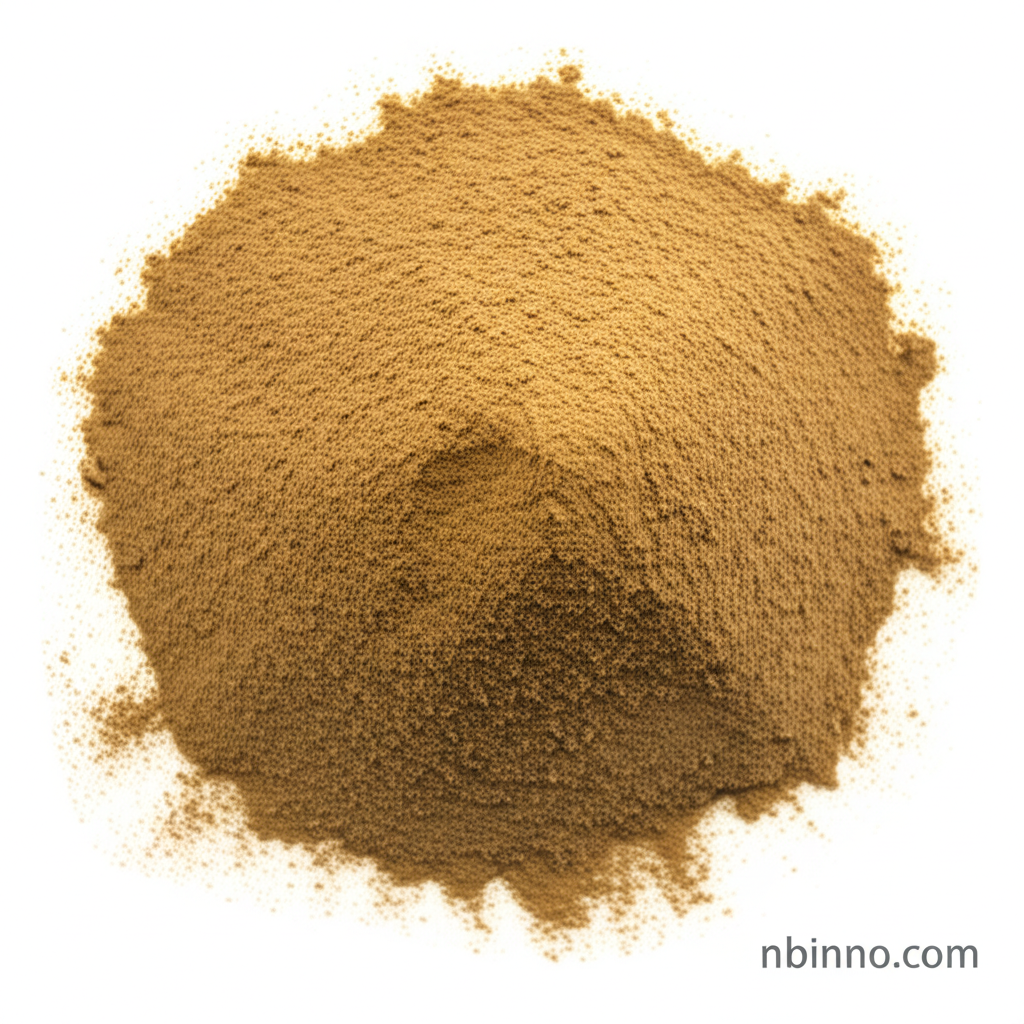Indole-4-carboxaldehyde: A Key Intermediate in Advanced Chemical Synthesis
Discover the versatility of Indole-4-carboxaldehyde (CAS 1074-86-8) for your pharmaceutical and material science innovations.
Get a Quote & SampleProduct Core Value

Indole-4-carboxaldehyde
Indole-4-carboxaldehyde is a highly valued organic compound, recognized for its critical role as a reactant in numerous chemical synthesis pathways. Its unique indole structure makes it an indispensable building block, particularly in the pharmaceutical industry for the preparation of antitumor agents and inhibitors of cell division. Beyond pharmaceuticals, it finds significant application in material science, serving as a precursor for organic light-emitting diodes (OLEDs), and in the creation of fluorescent probes for advanced biological imaging techniques. Researchers leverage its reactivity for the synthesis of complex natural products and novel derivatives exhibiting significant biological activities.
- As a key intermediate for the preparation of antitumor agents, Indole-4-carboxaldehyde empowers advancements in cancer research and treatment development.
- Leverage organic synthesis building block capabilities to create novel molecular structures for diverse scientific endeavors.
- Its utility in the synthesis of Hantzsch pyridine-containing Schiff bases opens avenues for new compound discoveries.
- Explore its potential as an OLED material precursor to drive innovation in display and electronic technologies.
Advantages Offered by the Product
Versatile Reactant
Indole-4-carboxaldehyde serves as a versatile reactant in various reactions, including the Biginelli reaction, facilitating the creation of diverse chemical compounds.
Pharmaceutical Development
Its crucial role in the pharmaceutical synthesis of potential therapeutic agents highlights its importance in drug discovery pipelines.
Material Science Innovation
The compound's application in creating fluorescent probes for biological imaging and as an OLED precursor underscores its contribution to technological advancements.
Key Applications
Pharmaceutical Synthesis
Used as a reactant in the preparation of antitumor agents and cell division inhibitors, contributing to pharmaceutical intermediate needs.
Material Science
A precursor for OLEDs and fluorescent probes, essential for advancements in electronic displays and bio-imaging technologies.
Organic Chemistry Research
An important organic synthesis building block for creating complex molecules and exploring new chemical reactions.
Biochemical Studies
Employed in studies related to tryptophan metabolism and serotonin production, aiding in understanding neurological processes.
